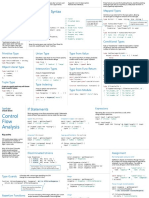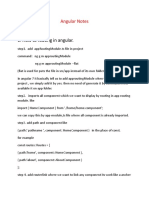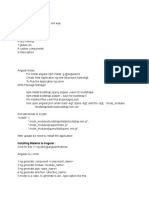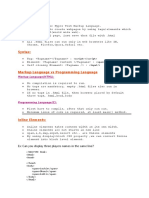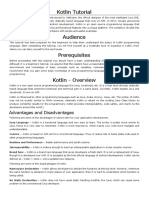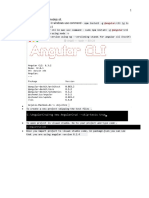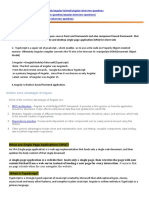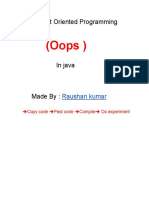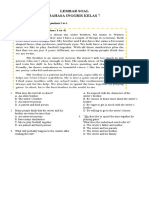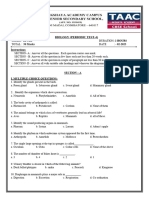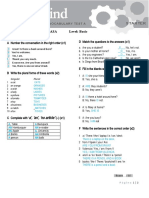0% found this document useful (0 votes)
231 views4 pagesTypescript Practice - Exercises 1. Enumerator: Pricelist (
This document contains examples of Typescript code demonstrating enums, types, functions, classes, iterators, generators, and getters/setters. The examples show how to define and use enums to represent predefined values, declare variable types, create and call functions with parameters and return values, define a class with properties and a constructor, iterate over arrays and objects using for/of and for/in loops, and implement getter and setter methods to encapsulate private properties.
Uploaded by
Parinitha B SCopyright
© © All Rights Reserved
We take content rights seriously. If you suspect this is your content, claim it here.
Available Formats
Download as PDF, TXT or read online on Scribd
0% found this document useful (0 votes)
231 views4 pagesTypescript Practice - Exercises 1. Enumerator: Pricelist (
This document contains examples of Typescript code demonstrating enums, types, functions, classes, iterators, generators, and getters/setters. The examples show how to define and use enums to represent predefined values, declare variable types, create and call functions with parameters and return values, define a class with properties and a constructor, iterate over arrays and objects using for/of and for/in loops, and implement getter and setter methods to encapsulate private properties.
Uploaded by
Parinitha B SCopyright
© © All Rights Reserved
We take content rights seriously. If you suspect this is your content, claim it here.
Available Formats
Download as PDF, TXT or read online on Scribd
/ 4

